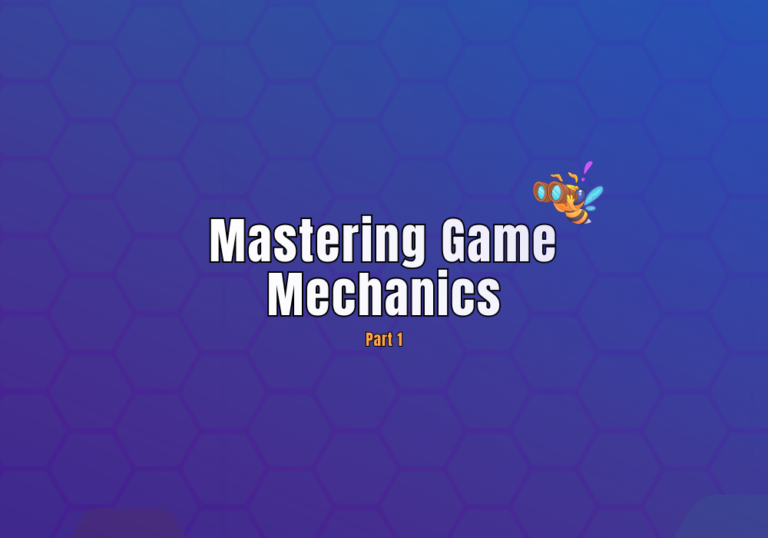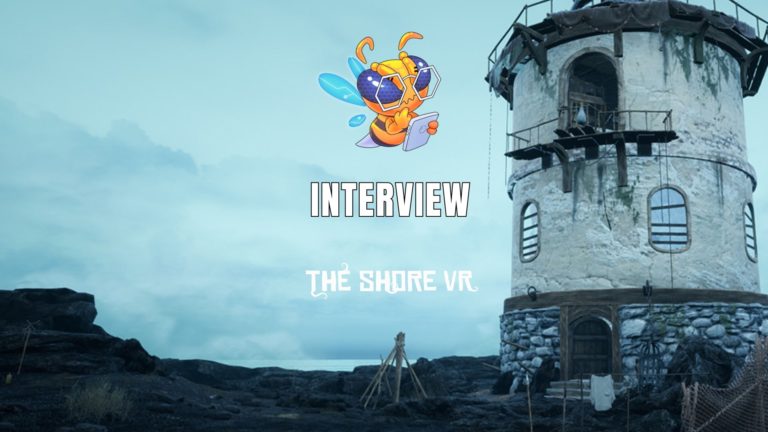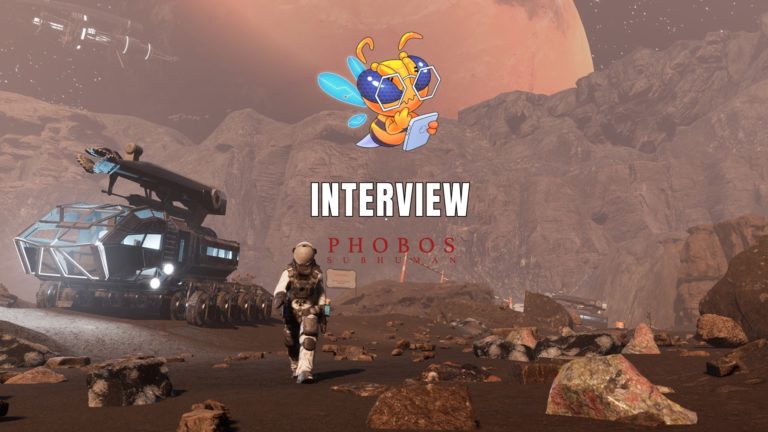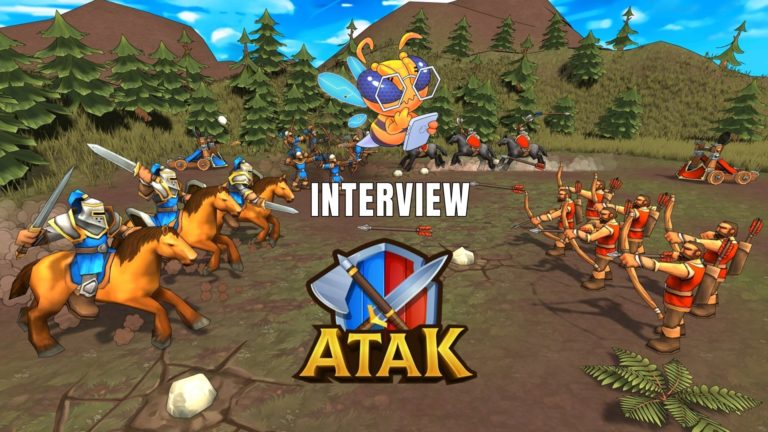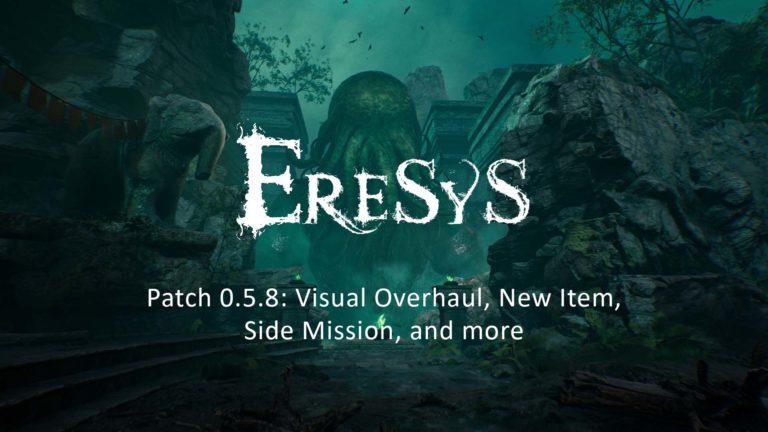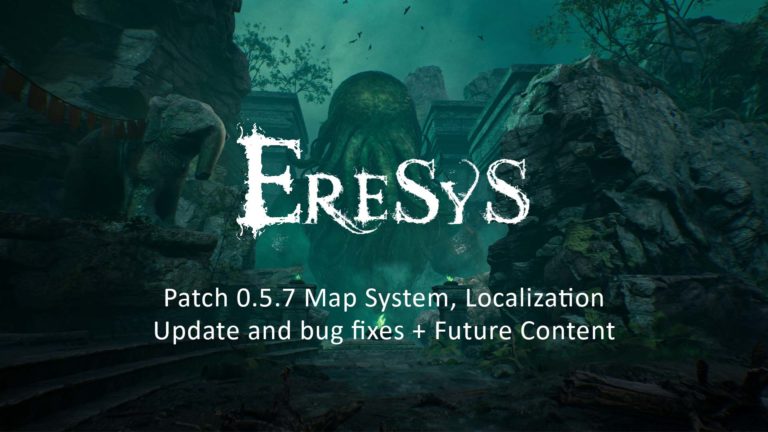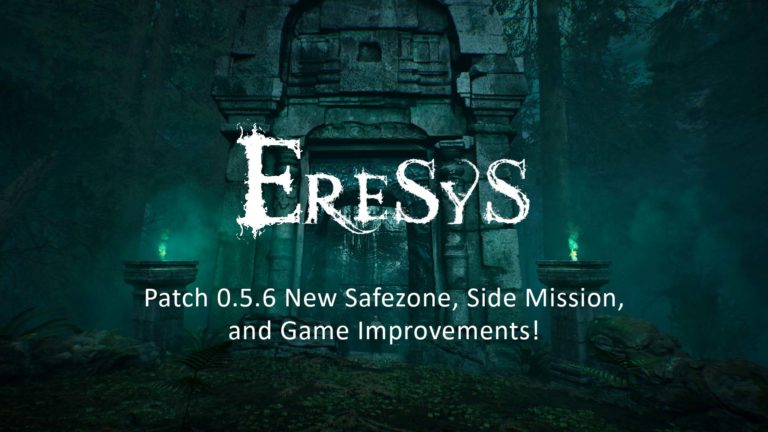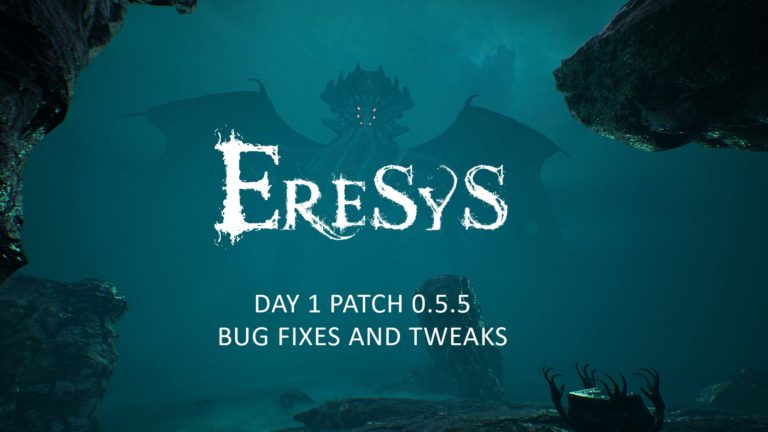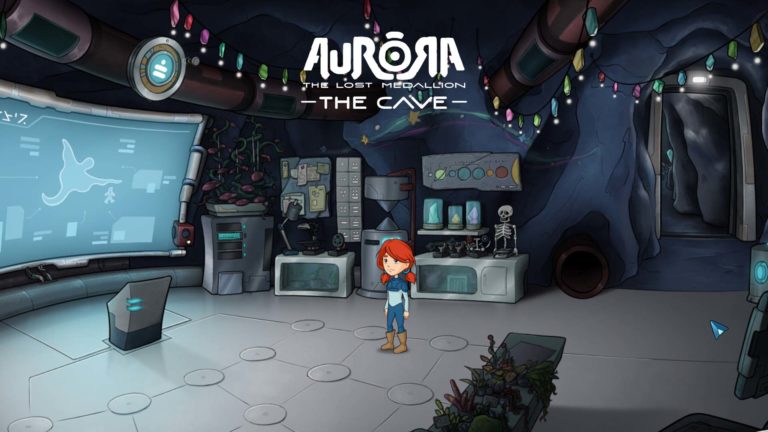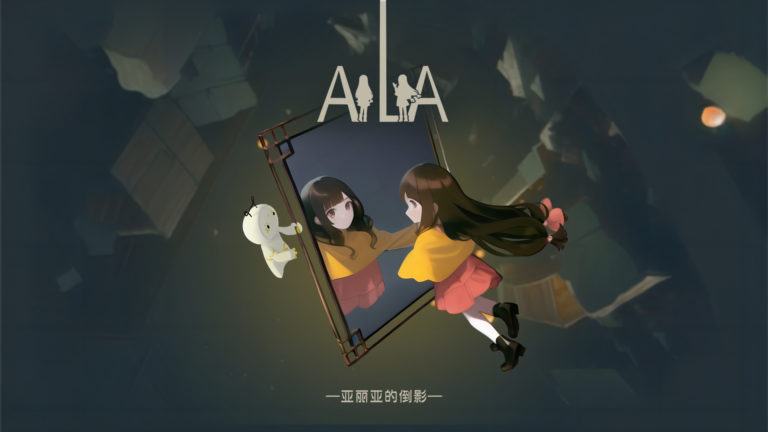
Greetings and welcome to the first installment of our series on game mechanics. The purpose of this part is to take a closer look into the intricacies of different game mechanics and their applications in the industry. There is nothing more rewarding than sharing my experience with game enthusiasts and aspiring game developers. Our aim in this series is to explore procedural generation, AI-driven storytelling, emergent gameplay, reward systems, and player engagement, in an effort to provide you with a more insightful understanding. We will continue our exploration of game mechanics and their impact on the gaming experience in the next chapter, in which we will continue to discuss this topic.
- An overview of the basic ideas and functions of procedural generation
In terms of game design, procedural generation refers to a method of creating content dynamically by using algorithms and mathematical functions. Procedural generation no longer limits developers from manually designing each part of the game world. Instead, they can create vast, diverse, and unpredictable environments, levels, characters, and objects with procedural generation. There is a relatively small amount of manual effort that is required to accomplish this task.
- Developing a procedural generation process
A procedural generator can be implemented in a variety of game genres, including open-world exploration, platformers, roguelikes, and strategy games. Among the advantages of this approach are reduced development time, increased replayability, and the ability to create customized experiences for each player, among others.
Meanwhile, you can take a look at the most informative short presentation of what is proceduralism. Why should you care? How can it be used in the real world?
- Technical examples
For open-world games, procedural generation can be used to provide realistic terrain by incorporating Perlin noise. Roguelike games can also be generated using cellular automatas, which are capable of generating complex cave systems or elaborate dungeon layouts using a roguelike engine.
- Games that are based on procedural generation are very popular
There are a number of well-known games that have implemented procedural generation in an impressive manner.
- It’s no secret that Minecraft is a procedurally generated game. Players have an almost infinite sandbox to explore and build in they can explore in the game world.
- The No Man’s Sky game is a space exploration game featuring procedurally generated planets, flora, fauna, and resources. With this game, you will discover a vast and diverse universe that awaits you.
- Spelunky: Each level in this platformer is procedurally generated, ensuring that every playthrough offers a unique and challenging experience.

Pros of Procedural Generation Implementation
- Reduced the development time and effort involved in the project
- Replayability and variation have been increased as a result
- Personalized experiences for each player
Cons of Procedural Generation Implementation
- If not properly implemented, it can result in repetitive or uninteresting content
- Execution may require significant programming knowledge
- Creating and maintaining a proper balance can be challenging
Conclusion
It has become clear that procedural generation can be an effective game mechanic that, when implemented thoughtfully, can result in an engaging and bespoke experience for players. It is possible for developers to save time and resources by utilizing algorithms and mathematical functions while providing endless possibilities for exploration and discovery. IndiePump offers specialized marketing services to help bring your procedurally generated masterpiece to the forefront of the gaming industry. In the next article in this series, we will examine the topic of AI-driven storytelling.

We will discuss how AI-driven storytelling can revolutionize game narrative in the next part of the series. You can always count on IndiePump for all your game marketing needs. Please contact us if you would like professional assistance in promoting your game and connecting with your target audience.
